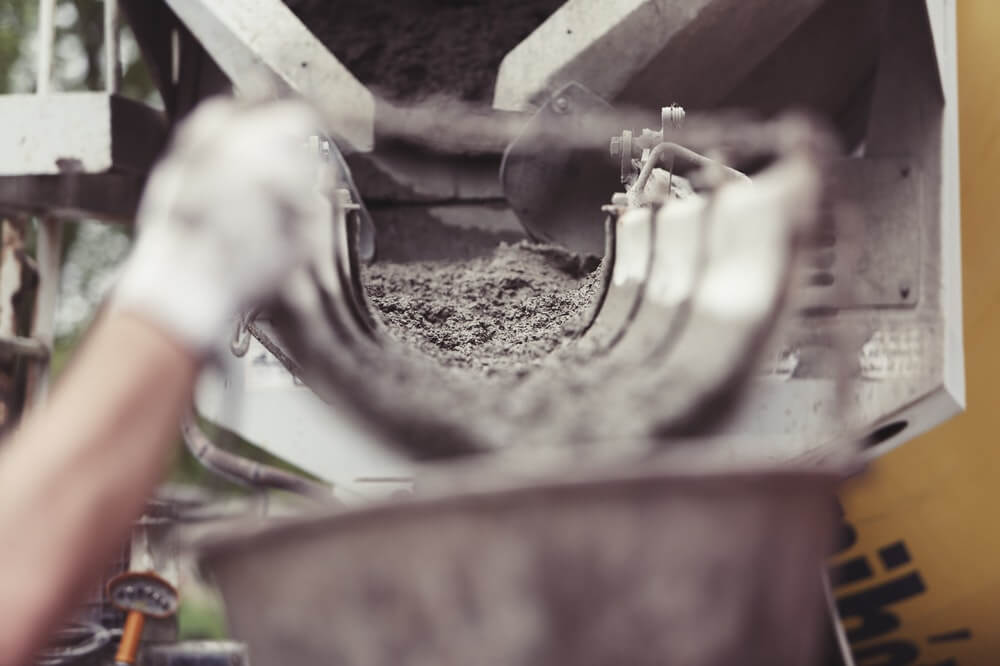 When you work with the materials that the RW Steel team does and when you have the commitment to ensuring that your home is safe and sound, there are far fewer questions and reasons to wonder if your foundation is good to go. That said, that doesn’t cut it with us. We want our customers to feel fully educated on every piece of the work that’s going on and every aspect of your dream home. That starts with your foundation. Without a solid foundation, you’re stuck wondering about the domino effect of negative implications like cracks in the ceiling, walls and floors, slanted floors, excess moisture and more.
When you work with the materials that the RW Steel team does and when you have the commitment to ensuring that your home is safe and sound, there are far fewer questions and reasons to wonder if your foundation is good to go. That said, that doesn’t cut it with us. We want our customers to feel fully educated on every piece of the work that’s going on and every aspect of your dream home. That starts with your foundation. Without a solid foundation, you’re stuck wondering about the domino effect of negative implications like cracks in the ceiling, walls and floors, slanted floors, excess moisture and more.
But how are you supposed to tell if your foundation is in good shape? You’re not going to crawl under your home on a regular basis and check on all of the beams and hardware. No, you’re going to tune into the RW Steel blog, (where we share all of the right information that you need to know about your home) and you’re going to leave this article feeling far more confident. And if you’re not feeling confident, you’re going to call us up and we’re going to answer any questions that you have. Read on for more information:
First things first, take a look at the height. You want to ensure that the top of your foundation isn’t too close to the ground that surrounds the property. Around 75cm is a good barometer but if you need to put that into perspective, we recommend that you take a drive around neighbourhoods with older homes (typically early 1900s). For some reason, they got it right!
You’ll also want to ensure that you’re in line with building codes. They’re put in place for a reason, even if they greatly annoy us some of the time. They vary by area and it’s always smart to look them up in advance if you’re building a new home or simply have questions. They set the minimum standards, but the teams that put them in place have seen it all and can help you clarify what you need to do, especially if you have a unique plot of land. They will seem complicated at first – we guarantee it – but one fail-safe rule is to treat your land like it’s the top of a hill. You want any incoming rain or excess moisture to head downhill versus either towards your home or even worse… within it.
Finally, for today… and this may seem obvious, but look at the shape of your foundation. It’s time to dust off the old math skills and ensure that your foundation is perfectly square. Make sure that you or the contractor that you’re working with ensures that the opposite sides of each leg are the same. Easy so far! Also, make sure that the legs are straight. The final step is to stretch a tape across the diagonals and if they measure the same, you’re good to go!
We love to educate the readers of this blog, but we like working with them even better. Give us a call with any questions you may have.